Brewing skills-how to enhance or reduce the acidity of coffee by brewing?
Professional coffee knowledge exchange more coffee bean information please follow the coffee workshop (Wechat official account cafe_style)
Sour quality has always been controversial in coffee, some people think that sour quality is sharp, exciting, and smelly sour feeling, but others think that good acid quality is the representative of high-quality coffee.
It's true that sour coffee doesn't make people happy, but it's bright, lively and rich in acidity, which may remind you of flavors such as fruit and sweet oranges, which are highly acceptable to coffee lovers.
Whether it is to emphasize the natural and juicy acidity of coffee, or to avoid the unpleasant sour taste of coffee, this can be done.
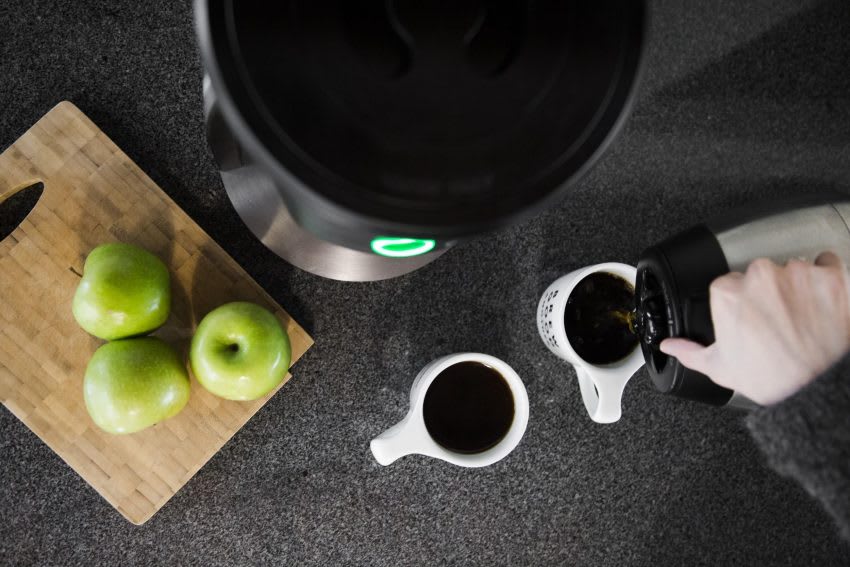
Understand the characteristics of coffee beans
You can emphasize the flavor characteristics of coffee beans, and it is important to know the characteristics of your coffee beans. Is he a hard or soft bean? Hard beans grow in a colder or higher altitude environment, while the harder the coffee beans are, the richer the fruit flavor and acidity are.
Treatment method
What kind of beans are you flushing? Washing? The sun? Or honey treatment? Coffee seeds from the fruit into raw beans is the process of treatment, so the treatment has a great impact on the flavor of coffee. Well-treated sun and honey treatments usually have higher sweetness and alcohol thickness, while water washing often has a purer flavor, and water-washed beans are rich in acid.
Baking degree
Are coffee beans deep roasted, medium roasted or light roasted? The deeper the beans are roasted, the more baked they taste, and usually the deeper the roasted beans are, the more bitter they are, while the lighter roasted coffee is more acidic.
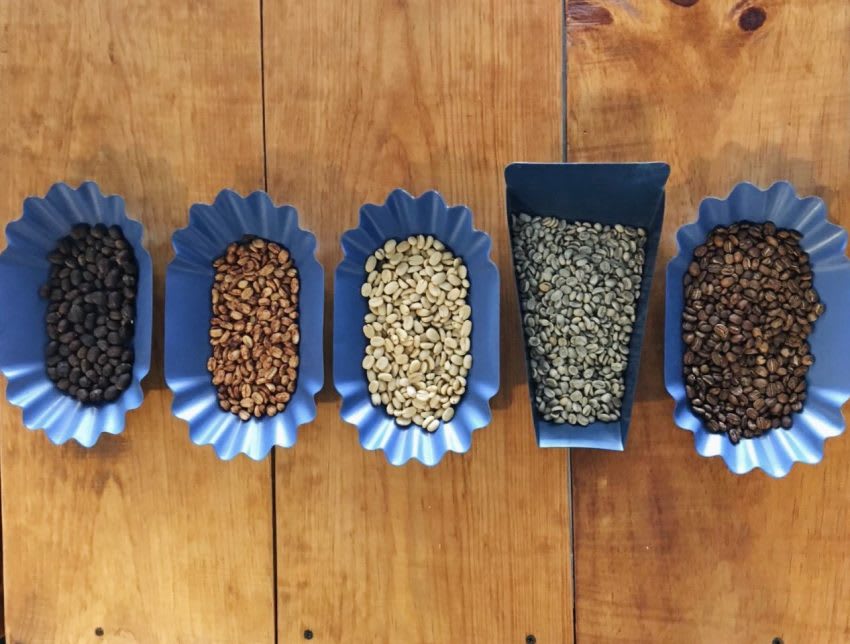
(from left to right) sun-dried raw beans, honey-treated raw beans, washed raw beans and coffee cooked beans.
Water is the main ingredient in coffee
94-98% of a cup of coffee is water, which means that the flavor of coffee is deeply affected by the water used for brewing. Water quality is a wide range of issues that need to be discussed separately, but we can discuss it a little bit here. Water is mainly divided into hard water and soft water. Hard water has a high content of minerals, especially calcium and magnesium. Soft water, on the other hand, has a lower content of minerals.
Steve Cuevas, winner of the 2017 US Cup tester Competition, said: "at higher concentrations, some minerals will become acidic buffers, reducing the acidity of the coffee. The coffee is still sour, but it won't be so obvious." Minerals also speed up the extraction of coffee, and if you brew it for more than two minutes, it will often extract bitterness. "
Thomas Chandler, a coffee roaster, microbiologist and chemist, said: "Carbonates are the key to acid buffers. If there are more carbonates in the water, the less acidic the coffee will be. But carbonate is not the only substance that acts as a buffer. in addition, carbonates work only if there are no other substances or low levels of other substances in the water. "
On the contrary, if the soft water has a higher sodium content, it will extract more acid from the coffee.
However, this does not mean that soft water is always suitable for making coffee. Chemist Christopher and coffee guru Maxwell of the University of Bath in the UK have found that if the water contains more calcium and magnesium (hard water), it will extract more flavor and contain more acid. Maxwell, the 2015 world coffee master champion, showed that this type of water can be used as a buffer when brewing.
So what's the answer?
All of the above sounds professional and difficult for most people to explore, but whether you are making coffee at home or in a coffee shop, you can use this water quality information to improve brewing. If the coffee tastes dull and lifeless, doesn't flush out the bright acidity expected of the beans, or tastes sour, but you don't think it's the coffee beans or brewing problems, try adjusting the brewing water. Use filtered water and bottled water to experience the change of coffee flavor by adjusting the water.
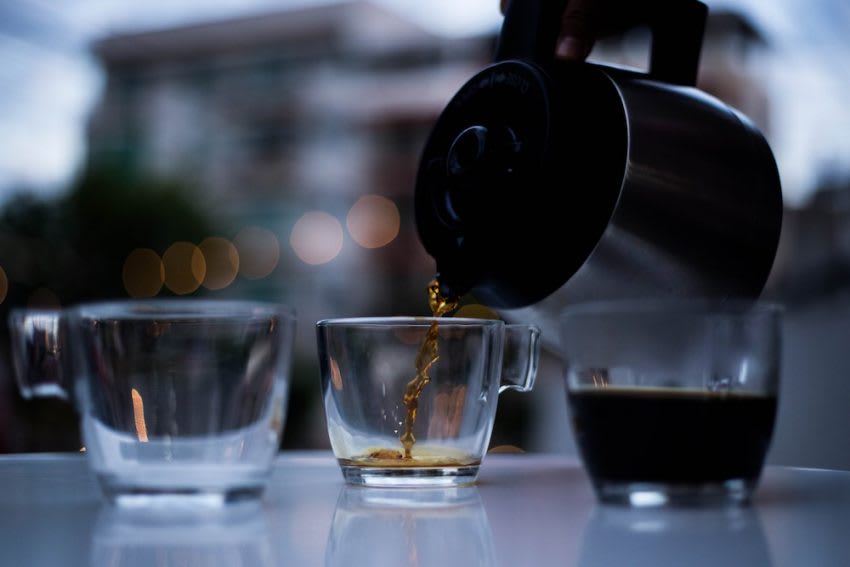
Adjust the cooking parameters to control the acid quality
It has been said that water is the most important ingredient of coffee, but water still has to be combined with coffee to create flavor, which represents "how" the combination of water and coffee affects the taste.
Mixed water and coffee is called extraction, the flavor and aromatic substances of coffee beans slowly spread into the water, while the amount of coffee powder, water volume, brewing time, grinding thickness, water temperature will affect the amount of extracted substances. This is not just about creating stronger or lighter coffee, because some of the flavor and aroma substances are extracted at different times.
At the beginning of cooking, the acid is extracted, followed by sweetness and balance, and finally bitterness. This means that underextracted coffee will have a sour taste and over-extracted coffee will have a bitter taste. The ideal extraction results are high sweetness, good sense of balance, alcohol thickness and appropriate strength of acid.
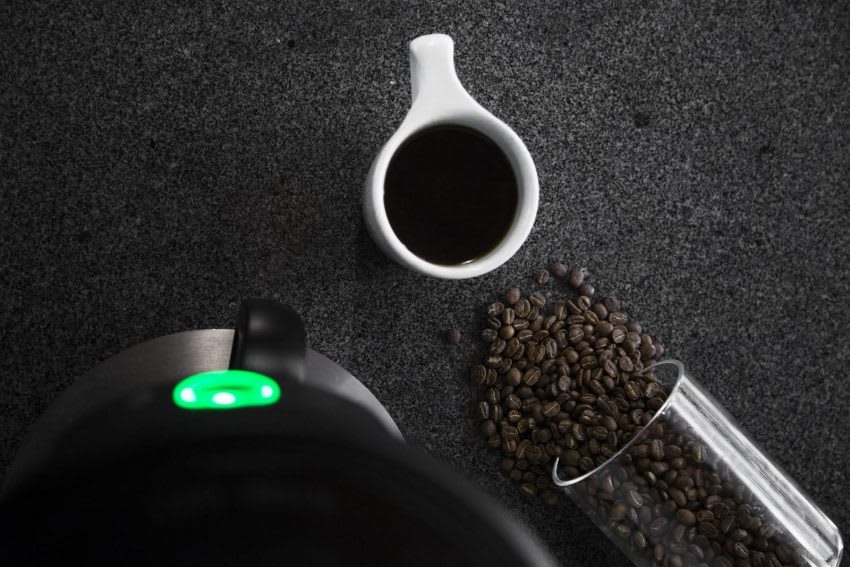
Grinding thickness and extraction
There is no general grinding thickness, but here are some basic principles that can help you flush better or reduce acid quality. Rougher grinding reduces the extraction rate because the coffee powder has a smaller surface area (note that the extraction rate is different from the cooking time, which refers to the extraction of flavor and aroma substances, while the cooking time refers to the contact time between the water and the coffee powder). This means that rougher grinding will bring out bright acidity, but brewing too long will cause the coffee to have a smelly sour taste.
If you want more acid, use rougher grinding. If you want less acid, you can grind it finer.
Of course, the grinding thickness is only one of many factors, and the ideal thickness will vary depending on the nature of the coffee. For example, deep-roasted coffee is easier to dissolve and extract faster, so deep-roasted coffee is usually suitable for coarser grinding.
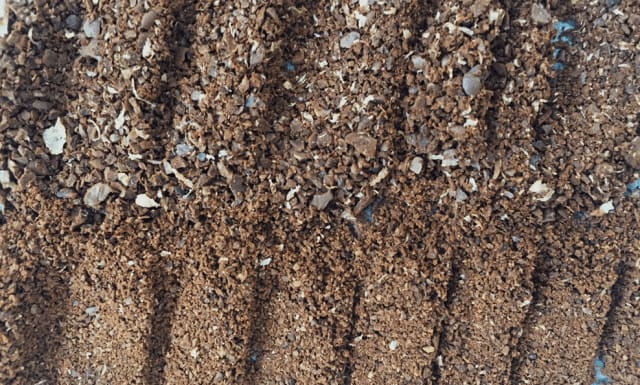
Rough grinding versus fine grinding
Effect of cooking time on acid quality
Another main factor affecting the extraction is the cooking time, the longer the cooking time, the more substances will be extracted. You can use your favorite beans, good water, and proper grinding thickness to brew, but you may ruin the cup of coffee because of the wrong brewing time.
Barista Hustle pointed out: the grinding thickness does not affect what is extracted, the grinding thickness will only change the time of the extraction, if you take a long time to brew coarse ground coffee, your coffee will still not be too acidic. And if you brew it for a shorter time and grind it more carefully, the coffee may have a sour taste.
Therefore, if you want more or less acid, it is recommended to shorten or prolong the cooking time.
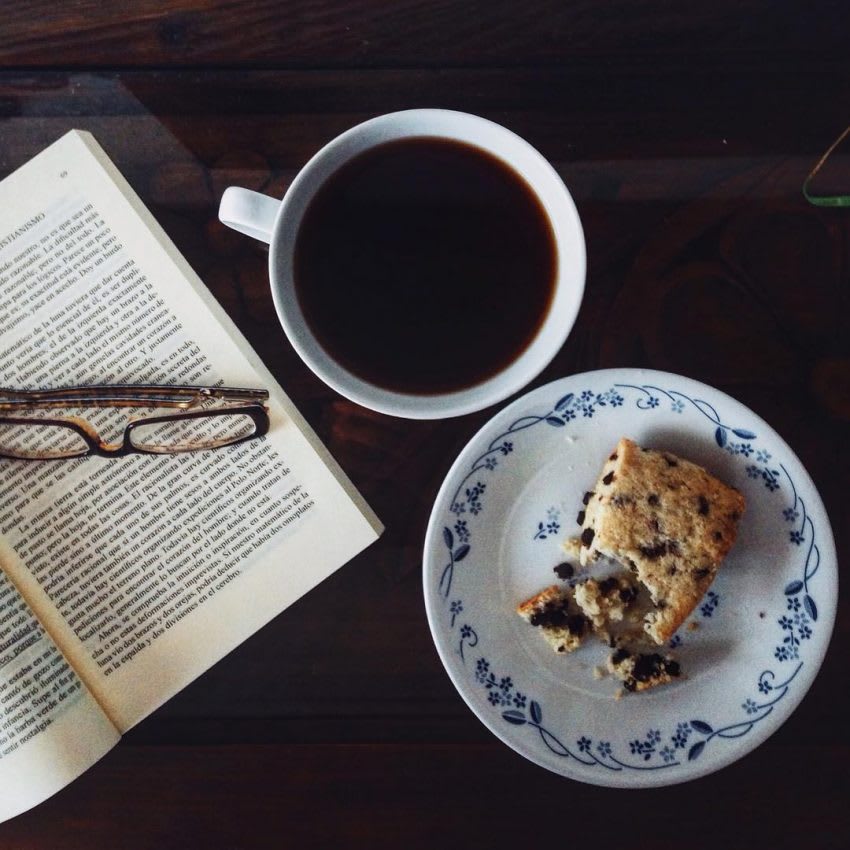
Adjust the water temperature to emphasize the acid quality
Water temperature is also an important factor affecting the extraction rate. Joe, founder and CEO of Behmor, developed and manufactured intelligent brewers and intelligent bean dryers approved by the boutique Coffee Association. The Behmor intelligent brewer controls the temperature at one degree Fahrenheit, ensuring that users can accurately control the acidity, sweetness and other flavors of the coffee.
The higher the temperature of the water, the faster the substance is extracted. The lower the water temperature, the slower the aroma and flavor are extracted. However, there are still many substances that cannot be extracted at certain temperatures (which is why cold-extracted coffee has the properties of high sweetness, smooth taste and low acidity). In addition, keep in mind that all these results are surrounded by changes in grinding thickness, cooking time, and so on.
Joe prefers to use higher water temperature with shorter cooking time. In order to brew out the acidity of the coffee, he uses a high temperature to bring out the acidity, which is in the range of 95-96 degrees.
Steve agrees with the adjustment of water quality, saying that some people may use lower temperature brewing to avoid releasing the bitterness of coffee. However, if you use suitable water (of course, other factors should also be properly controlled), the boiling water temperature of 94 degrees will bring out more obvious acidity than 91 degrees.

The biggest advantage of making our own coffee is that we can make our own adjustments according to our preferences. Although it will be difficult to control the time, mastering these factors can reproduce your favorite flavor when brewing.
Try to create a new cooking formula today, try to cook with different water, and experiment with the results of different water temperatures. Even if it is a gap, it may affect whether the coffee is sweet, sour or good.
Original source:
Https://www.perfectdailygrind.com/2018/04/how-to-accentuate-or-reduce-acidity-when-brewing-coffee/
Important Notice :
前街咖啡 FrontStreet Coffee has moved to new addredd:
FrontStreet Coffee Address: 315,Donghua East Road,GuangZhou
Tel:020 38364473
- Prev
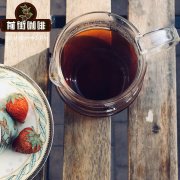
What is hand coffee? what are the utensils for making coffee by hand? Starbucks hand flush
Professional coffee knowledge exchange more coffee bean information Please follow the coffee workshop (Wechat official account cafe_style) hand-made coffee can be said to be a process of art, philosophy, practice and self-discovery. Friends who are serious about coffee and pay attention to coffee, I believe they all have this experience: the taste of coffee brewed every day will be different, which link is different? So every time it's different.
- Next
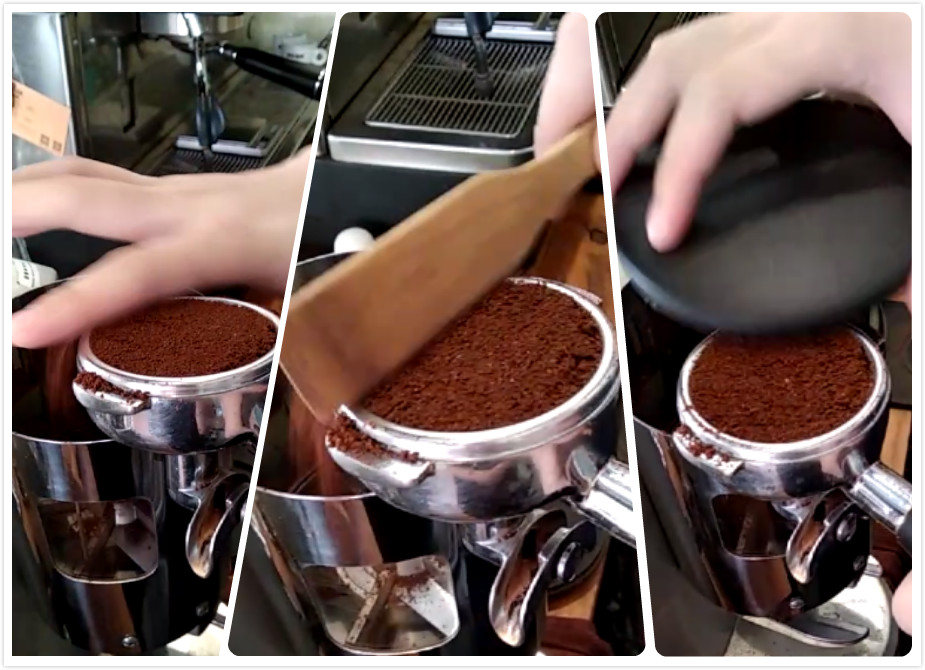
The second basic action of making Italian coffee: powder
Professional coffee knowledge exchange More coffee bean information Please pay attention to coffee workshop (Weixin Official Accounts cafe_style) The first basic action of making Italian coffee in the last issue [details are technology]: powder receiving said that powder receiving is the first action of powder distribution, so today, Xiao Bian will talk about powder distribution after powder receiving. After the coffee powder is ground, it will be
Related
- Beginners will see the "Coffee pull flower" guide!
- What is the difference between ice blog purified milk and ordinary milk coffee?
- Why is the Philippines the largest producer of crops in Liberia?
- For coffee extraction, should the fine powder be retained?
- How does extracted espresso fill pressed powder? How much strength does it take to press the powder?
- How to make jasmine cold extract coffee? Is the jasmine + latte good?
- Will this little toy really make the coffee taste better? How does Lily Drip affect coffee extraction?
- Will the action of slapping the filter cup also affect coffee extraction?
- What's the difference between powder-to-water ratio and powder-to-liquid ratio?
- What is the Ethiopian local species? What does it have to do with Heirloom native species?

